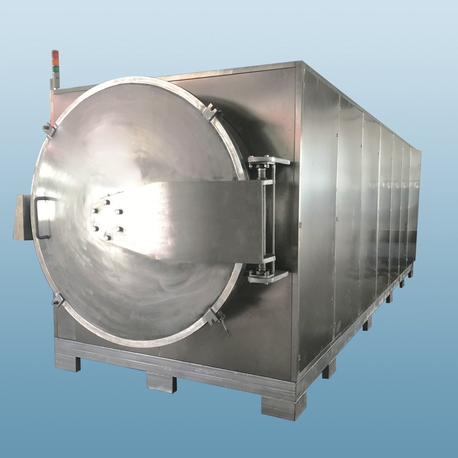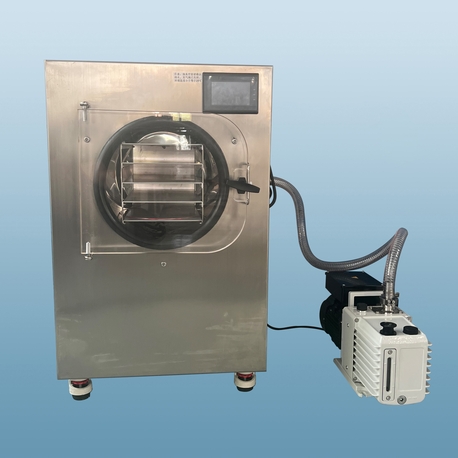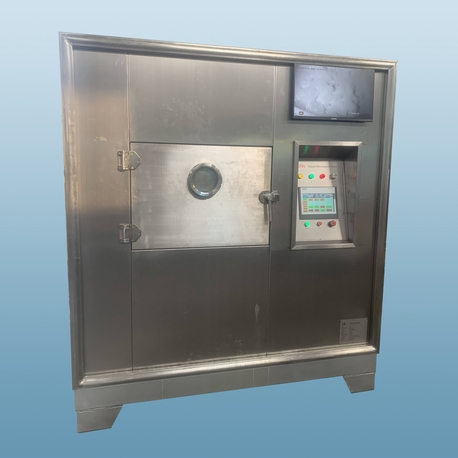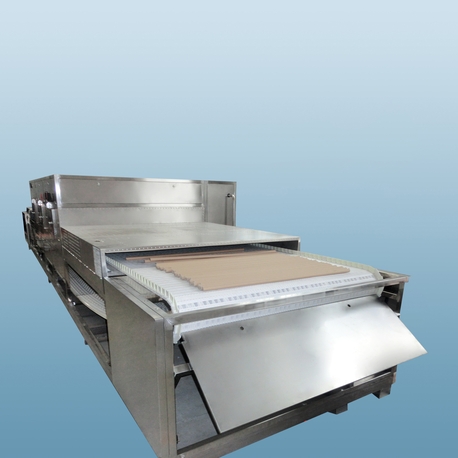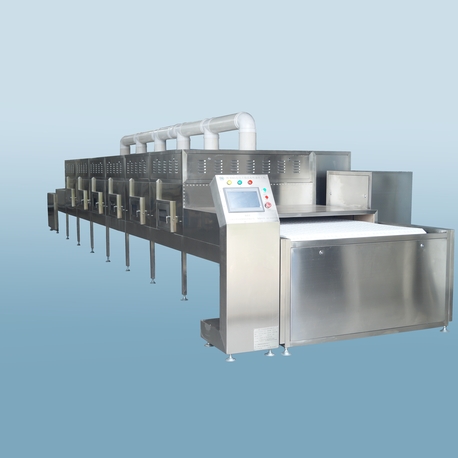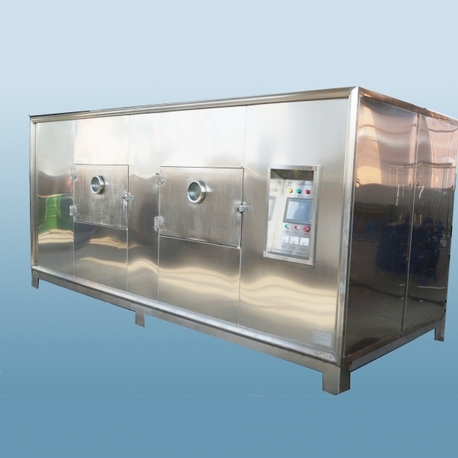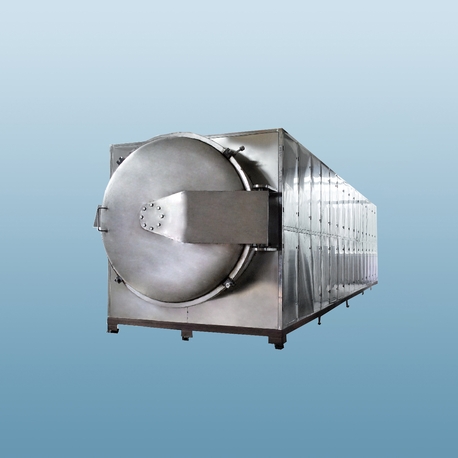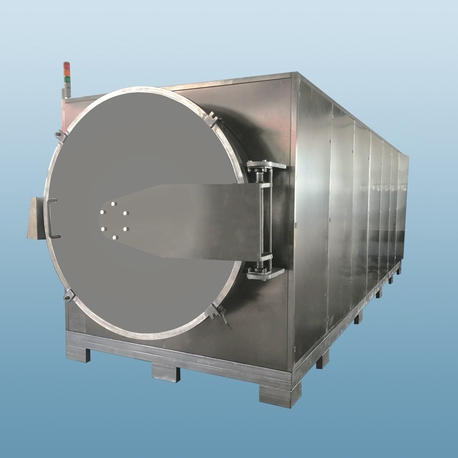In today's fast-paced technological landscape, the term "microwave vacuum" might sound like a niche concept, but it's revolutionizing industries from food processing to pharmaceuticals. If you've ever wondered how this technology combines microwave energy with vacuum conditions to achieve remarkable results, you're in the right place. This article dives deep into the world of microwave vacuum, breaking down its core aspects in an easy-to-understand manner. Whether you're a professional in manufacturing or simply curious about innovative tech, understanding microwave vacuum can open doors to efficient and sustainable solutions. By the end, you'll have a solid grasp of how microwave vacuum operates, its applications, benefits, and more. Let's explore the five key aspects that make microwave vacuum a game-changer.
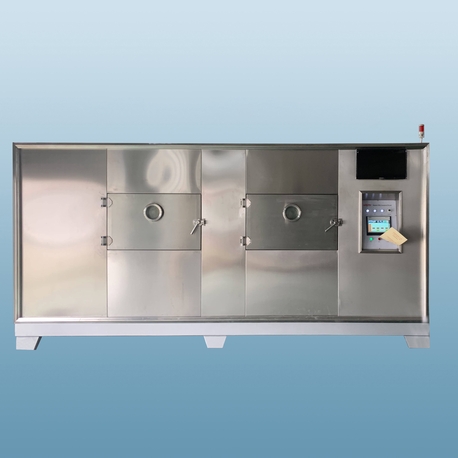
What Is Microwave Vacuum Technology?
Microwave vacuum technology refers to the integration of microwave radiation with vacuum environments to facilitate processes like drying, sterilization, and extraction. In simple terms, it uses microwaves—electromagnetic waves—to heat materials rapidly, while the vacuum chamber reduces atmospheric pressure, lowering the boiling point of water and other solvents. This combination allows for gentle and efficient processing of heat-sensitive substances, preventing degradation that might occur in conventional methods. The microwave vacuum approach is highly versatile, applied in sectors such as food preservation, chemical synthesis, and medical device manufacturing. By leveraging this technology, industries can achieve faster results with less energy consumption, making microwave vacuum a cornerstone of modern industrial innovation. Moreover, the precision of microwave vacuum systems ensures consistent outcomes, which is crucial for quality control in production lines.
How Does Microwave Vacuum Work?
The working principle of microwave vacuum revolves around the synergy between microwave energy and vacuum conditions. Microwaves, typically at frequencies like 2.45 GHz, penetrate materials and cause water molecules to vibrate, generating heat through friction. This internal heating is uniform and rapid, unlike external heating methods that can cause uneven results. Meanwhile, the vacuum environment—maintained at pressures below atmospheric levels—lowers the boiling point of liquids, enabling evaporation at lower temperatures. For instance, in a microwave vacuum dryer, products like fruits or pharmaceuticals dry quickly without overheating, preserving nutrients and active compounds. The system includes components like magnetrons for microwave generation, vacuum pumps to create low pressure, and sensors for monitoring. This efficient process reduces processing time by up to 50% compared to traditional methods, highlighting why microwave vacuum is favored for sensitive applications. Additionally, the controlled nature of microwave vacuum minimizes the risk of oxidation or contamination, ensuring high-purity outputs.
Applications of Microwave Vacuum in Various Industries
Microwave vacuum technology finds applications across diverse fields due to its efficiency and versatility. In the food industry, it's used for drying fruits, vegetables, and spices, retaining flavor and nutrients better than air-drying. For example, microwave vacuum drying of berries prevents shrinkage and color loss, appealing to health-conscious consumers. In pharmaceuticals, it aids in lyophilization (freeze-drying) of vaccines and drugs, maintaining potency and extending shelf life. The chemical sector employs microwave vacuum for solvent removal and synthesis reactions, enhancing yield and safety. Even in materials science, microwave vacuum processes are used for curing composites and ceramics, reducing defects. Another growing area is environmental remediation, where microwave vacuum treats hazardous waste by vaporizing contaminants. These applications demonstrate how microwave vacuum drives innovation, offering sustainable alternatives that save time and resources while improving product quality.
Advantages of Using Microwave Vacuum Systems
The benefits of microwave vacuum systems are numerous, making them a preferred choice in many industries. First, energy efficiency is a standout advantage; microwave vacuum processes consume less power by reducing drying times and operating at lower temperatures. This aligns with global sustainability goals, cutting carbon footprints. Second, product quality improves significantly, as microwave vacuum preserves textures, colors, and bioactive compounds in foods and drugs that might be damaged by conventional heat. Third, scalability allows microwave vacuum technology to be adapted from lab-scale experiments to large industrial setups, providing flexibility for businesses. Fourth, safety enhancements include reduced fire risks and minimal exposure to high temperatures, protecting workers and equipment. Lastly, cost-effectiveness over time—though initial investment might be high, lower operational costs and higher throughput make microwave vacuum a wise long-term investment. These advantages underscore why adopting microwave vacuum can lead to competitive edges in various markets.
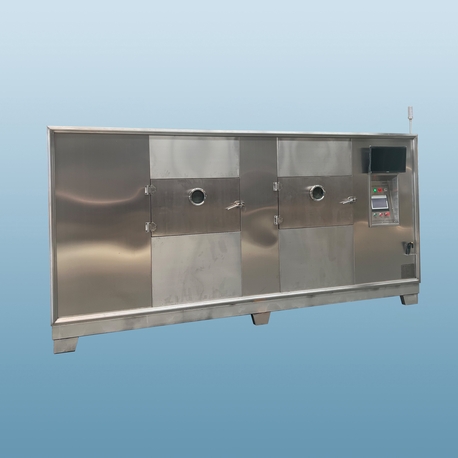
Challenges and Limitations of Microwave Vacuum
Despite its benefits, microwave vacuum technology faces certain challenges that need addressing for wider adoption. One major issue is the high initial cost of equipment, such as specialized vacuum chambers and microwave generators, which can be prohibitive for small businesses. Another limitation is the complexity of process control; maintaining uniform microwave distribution and vacuum levels requires sophisticated sensors and expertise, potentially leading to inconsistencies if not managed properly. Material compatibility is also a concern—some substances may not respond well to microwave energy, causing hotspots or uneven processing. Additionally, regulatory hurdles in industries like pharmaceuticals can slow implementation, as microwave vacuum systems must meet strict standards. However, ongoing research aims to overcome these barriers with advancements in automation and material science, ensuring that microwave vacuum becomes more accessible and reliable in the future.
Future Trends in Microwave Vacuum Innovation
The future of microwave vacuum technology looks promising, with emerging trends focused on enhancing efficiency and expanding applications. One key trend is the integration of IoT and AI for smart monitoring, allowing real-time adjustments in microwave vacuum processes to optimize performance. Another development is the miniaturization of systems for portable uses, such as in-field medical sterilization or space missions. Sustainable practices are also driving innovation, with research into using microwave vacuum for renewable energy storage or carbon capture. Collaborations between academia and industry are accelerating breakthroughs, like improved magnetron designs for better energy use. As global demand for eco-friendly solutions grows, microwave vacuum is poised to play a pivotal role in circular economies, reducing waste and conserving resources. These trends highlight the dynamic evolution of microwave vacuum, ensuring it remains at the forefront of technological progress.
In conclusion, microwave vacuum technology represents a powerful fusion of microwave and vacuum principles, offering efficient, high-quality solutions across multiple sectors. From its fundamental workings to its vast applications and benefits, understanding these five aspects can help industries harness its potential. While challenges exist, ongoing innovations promise to make microwave vacuum even more impactful. As we move toward a more sustainable future, embracing technologies like microwave vacuum could be key to achieving greater productivity and environmental stewardship.
Frequently Asked Questions About Microwave Vacuum
Q1: What is the primary purpose of using a microwave vacuum system?
A1: The primary purpose of a microwave vacuum system is to combine microwave heating with vacuum conditions to enable rapid, low-temperature processing for tasks like drying, sterilization, or extraction. This approach preserves sensitive materials and improves efficiency compared to traditional methods.
Q2: How does microwave vacuum technology compare to conventional drying methods?
A2: Microwave vacuum technology is generally faster and more energy-efficient than conventional methods like air-drying or oven-drying. It operates at lower temperatures, reducing the risk of damaging heat-sensitive compounds, and often results in higher product quality with better retention of nutrients and flavors.
Q3: Are there any safety concerns associated with microwave vacuum equipment?
A3: While microwave vacuum systems are designed with safety features, potential concerns include exposure to microwave radiation or vacuum-related hazards. Proper shielding, training, and maintenance can mitigate these risks, making it safe for industrial use when guidelines are followed.
Q4: Can microwave vacuum be used for home applications, such as in kitchens?
A4: Currently, microwave vacuum technology is primarily used in industrial and commercial settings due to its complexity and cost. However, as the technology advances, smaller-scale versions might become available for home use, such as in advanced food dehydrators or preservation devices.
Q5: What industries benefit the most from adopting microwave vacuum technology?
A5: Industries like food processing, pharmaceuticals, chemicals, and materials science benefit significantly from microwave vacuum technology. It helps in drying sensitive products, synthesizing chemicals, and manufacturing high-quality materials, leading to improved efficiency and product outcomes.


